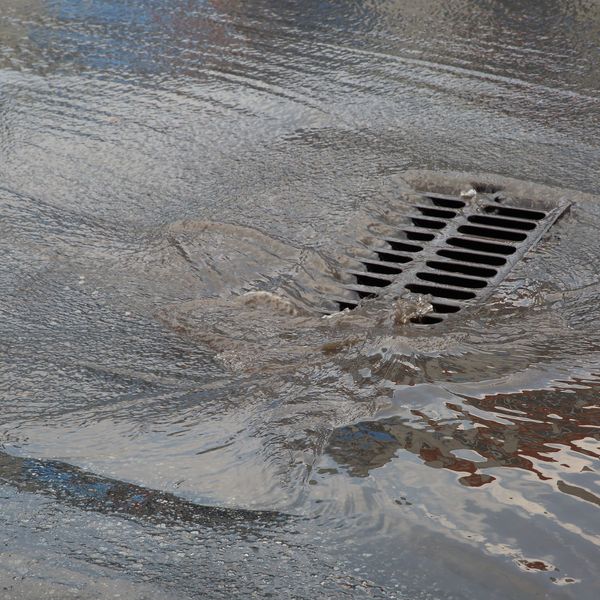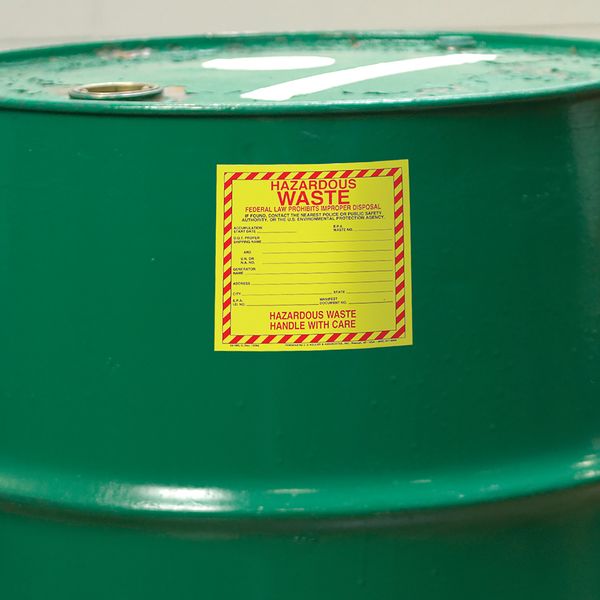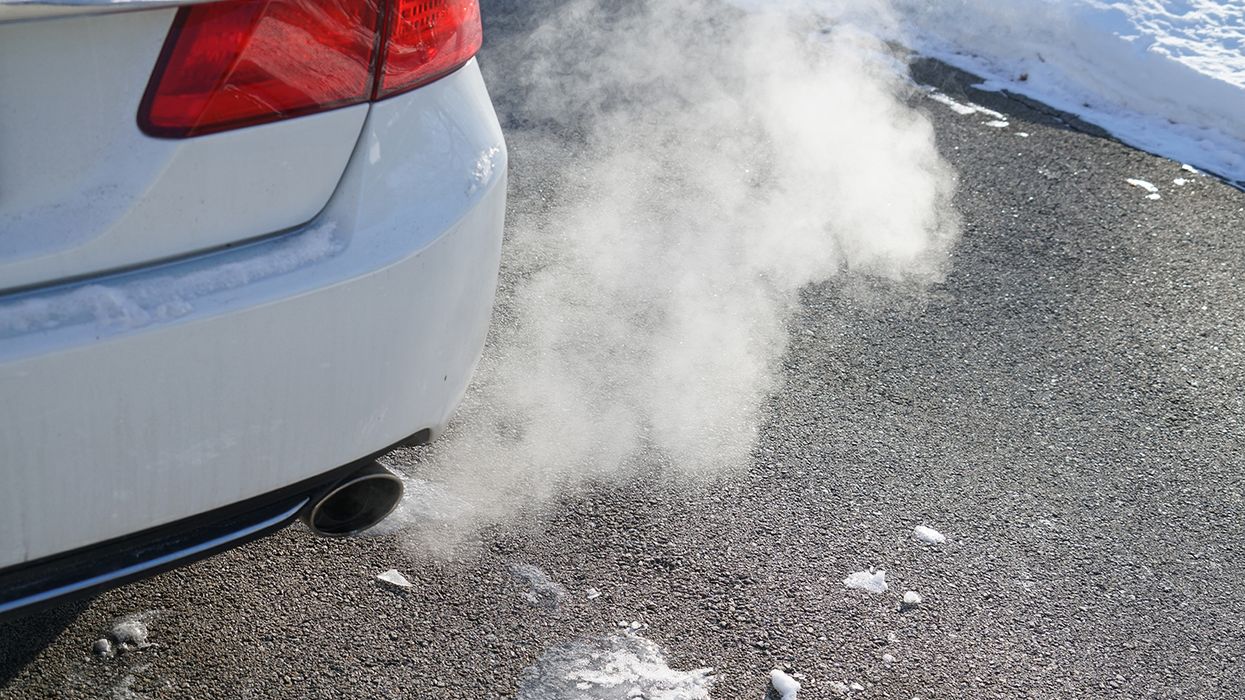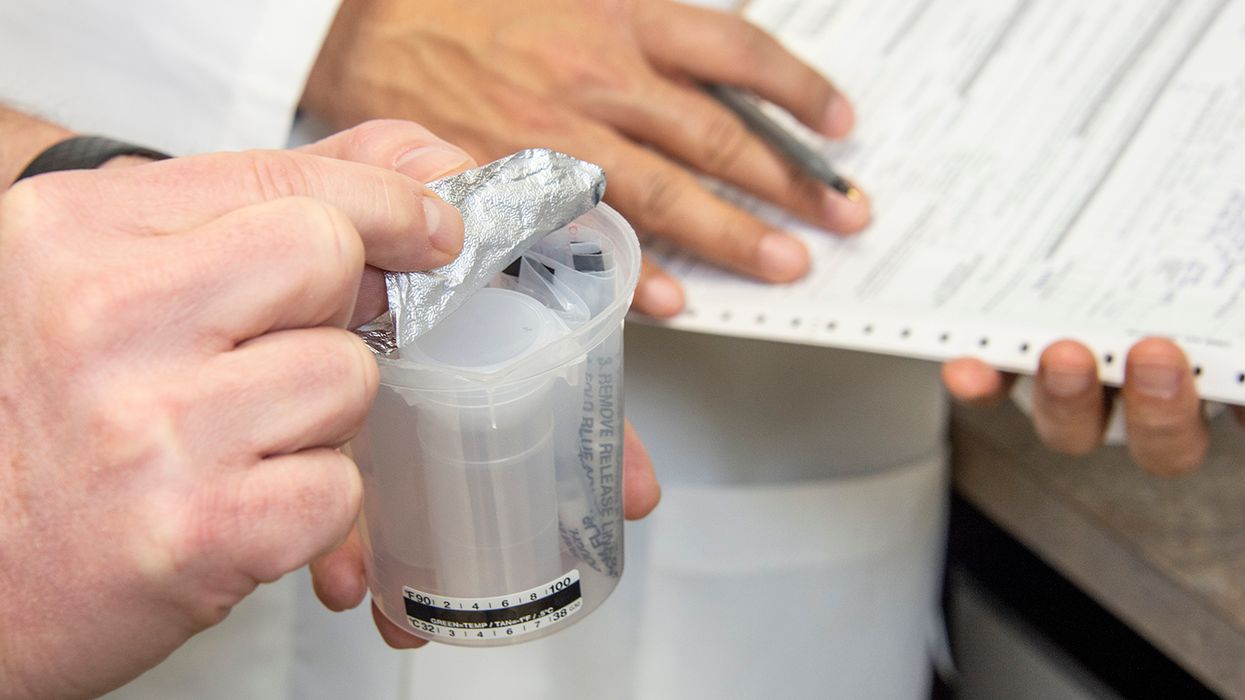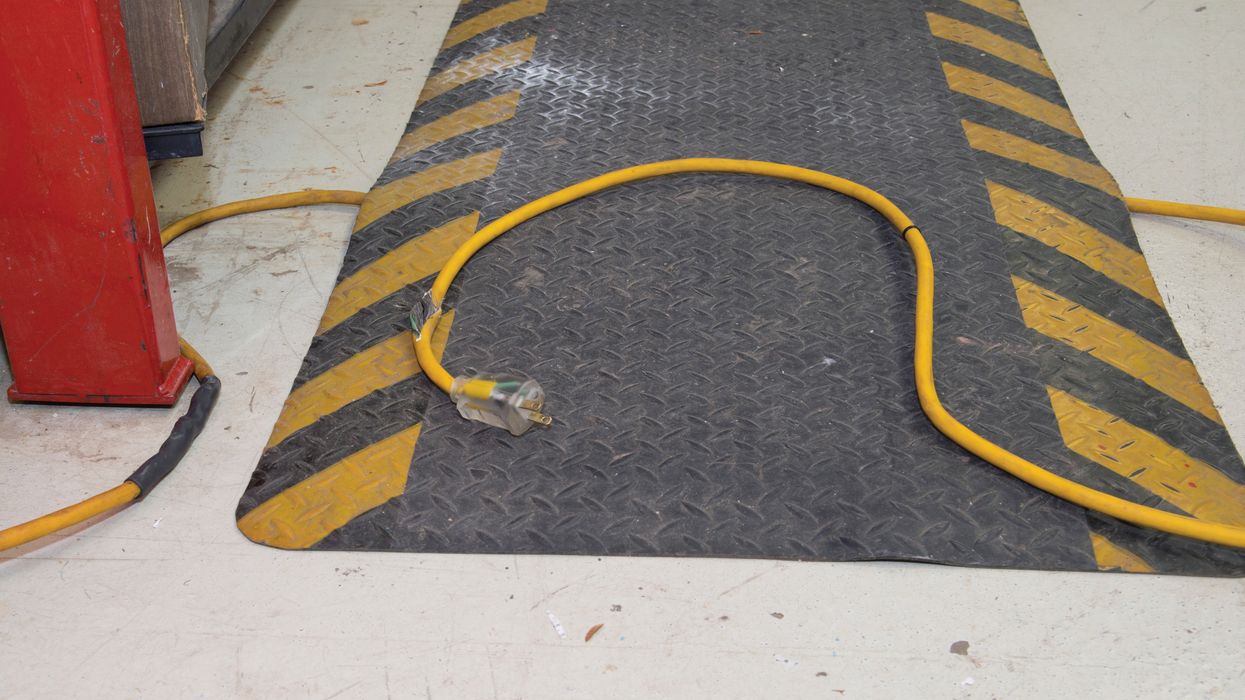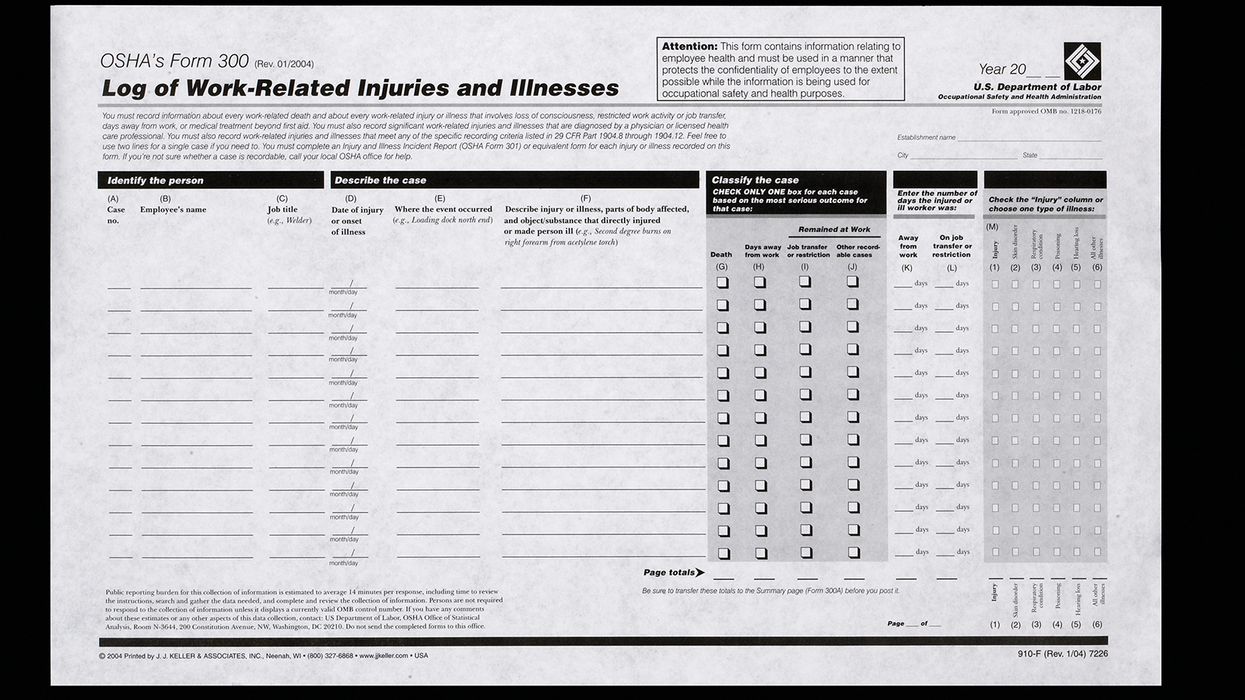Enforcement Focus
A look at where regulators are focusing their enforcement efforts
Enforcement action and monetary penalties are unfortunately common in environmental programs and prove costly to companies. Beyond the penalty assessed, companies often spend even more improving processes to prevent recurrence. This section shares some of the headlines and presents take-away lessons. What happened and how do you avoid the same situation?
Air
A marine vessel repair yard in Rhode Island was issued a Notice of Violation and monetary penalty for failure to comply with air permit conditions. Through a series of inspections and record reviews, the state found the company had emitted toxic air contaminants (TACs) above the minimum threshold listed in the state Air Permit Rules, and therefore should have obtained a minor source permit. Emission Inventory records, for a 3-year period, indicated TAC emissions from facility welding operations triggered permitting. In addition, the source was found to have recordkeeping and control equipment deficiencies.
Enforcement action: $25,500 civil penalty
Lesson learned: Be aware of emission calculation timing requirements. In this case, the company was not calculating TAC emissions monthly, to determine the 12-month rolling average.
Hazardous waste
After nearly two years of investigation and negotiation, EPA Region 10 and a military base have reached a settlement for hazardous waste violations. The facility had stockpiled more than 200,000 pounds of brass expended small-arms cartridge casings, determined to be toxic from lead contamination. Historically, the Base had a recycling program in place for the casings. However, that program was discontinued in 2017 and resulted in the excessive and improper storage of solid and hazardous waste.
Enforcement action: $61,554 civil penalty
Lesson learned: When waste recycling or disposal programs change, generators should consider all implications of the changes.
Risk Management Program
EPA Region 1 issued a violation and penalty to an adhesive manufacturer for failing to comply with RMP requirements. The company was cited for multiple violations including failure to inspect several outdoor hazardous material tanks, failure to anchor two vertical tanks, failure to inspect and properly label piping, missing tank overflow controls, and damaged concrete containment basins.
Enforcement action: $345,000 civil penalty
Lessons learned: Comprehensive inspections not only satisfy compliance requirements, but also help ensure that tanks, pipes, and equipment have full, useful service lives.
Hiring well-qualified tank inspectors and developing systems to ensure overall compliance are critical to effective accident prevention.
Water quality
EPA reached a settlement with an Alaskan paving and construction business for Safe Drinking Water Act violations. The company was found to have an unauthorized underground injection well, also known as a Motor Vehicle Waste Disposal Well, on its property. Once an allowed practice, to protect groundwater and drinking water resources, these wells had been banned and existing wells had been required to be closed by January 2005. In addition to the monetary penalty, the company also agreed to permanently close and decommission the well.
Enforcement action:$130,000 civil penalty
Lesson learned: Fluids from vehicle maintenance operations are common sources of toxic chemicals or metals such as benzene, toluene, ethylbenzene, xylenes, and lead. It is important that waste materials from these activities, at both commercial and residential locations, be managed to protect water resources.






